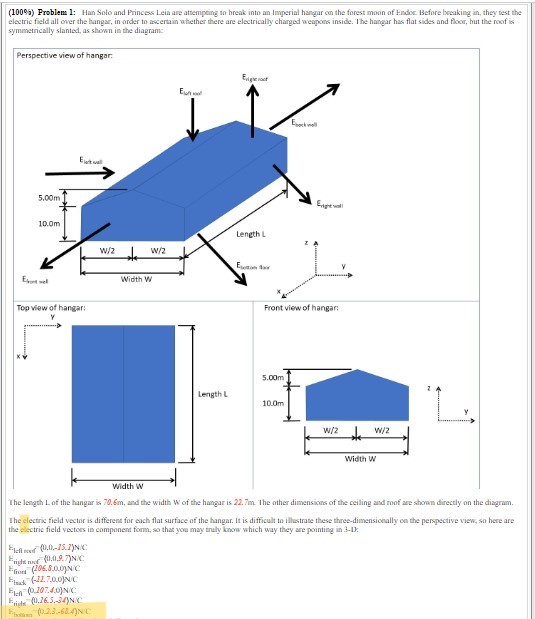Answered step by step
Verified Expert Solution
Question
1 Approved Answer
Hello I need help with part and g and h. I tried using the inverse tangent for the components of the flux given but my


Hello I need help with part and g and h. I tried using the inverse tangent for the components of the flux given but my answer is wrong. The components for part g is highlighted in yellow in the first picture. For part h the angle I found that is needed to compute the electric flux is 156.23 degrees but my answer was wrong for that as well. Please show and explain steps to the answer and why the answer is what it is.



Step by Step Solution
There are 3 Steps involved in it
Step: 1

Get Instant Access to Expert-Tailored Solutions
See step-by-step solutions with expert insights and AI powered tools for academic success
Step: 2

Step: 3

Ace Your Homework with AI
Get the answers you need in no time with our AI-driven, step-by-step assistance
Get Started


